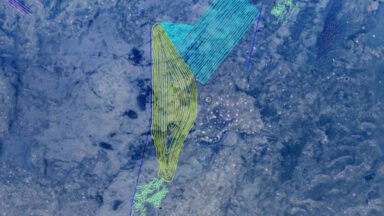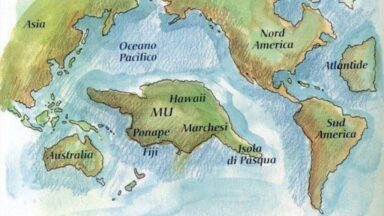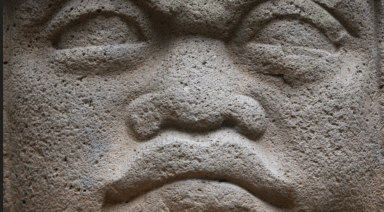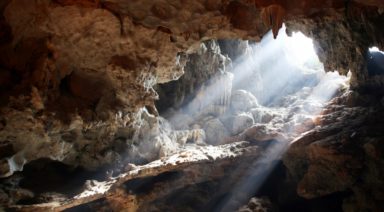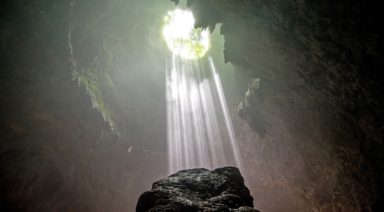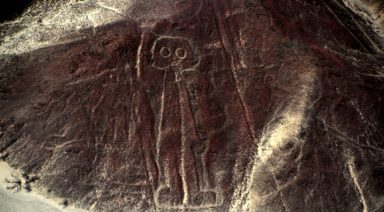New Evidence Ties Younger Dryas Impact With Gobekli Tepe
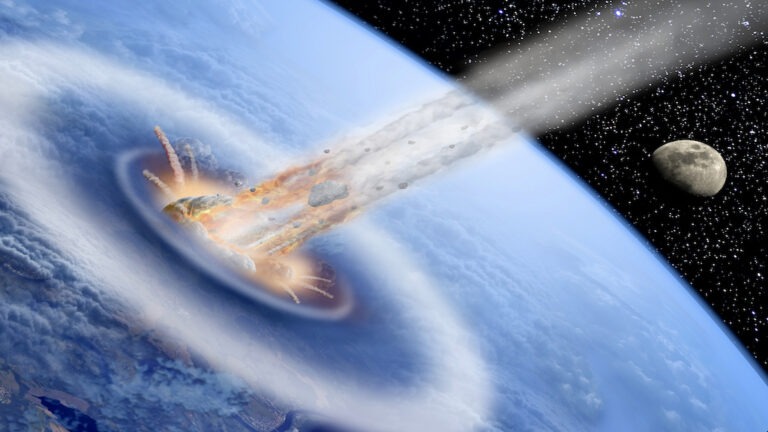
What could have triggered a sudden ice age 13,000 years ago, causing massive global destruction and dramatic cultural change? A new survey of decades of compelling scientific evidence strongly indicates that it came from the sky and gave rise to the very origins of civilization.
The Younger Dryas is the name given to a geological period that took place between 12,800 and 11,500 years ago. Marked by a suddenly occurring mini-ice age, this time was one of environmental catastrophe, worldwide animal extinctions, and major changes in human culture and population. While researchers have, for decades, been debating various explanations for these cataclysmic events, one controversial hypothesis now appears to be supported by evidence.
Dr. Martin Sweatman is a scientist at the University of Edinburgh who recently completed a thorough survey of this Younger Dryas Impact Hypothesis.
“There is now this impact hypothesis, which was developed and first stated in 2007, and it suggested that this geological period—this mini-ice age that lasted for 1,300 years—was triggered by a cosmic impact with fragments of a comet,” he said.
“And so since then, since 2007, there’s been a lot of research published, some for and some against this idea.”
Watch more:
Mysterious Geoglyphs in India Are Largest Ever Discovered
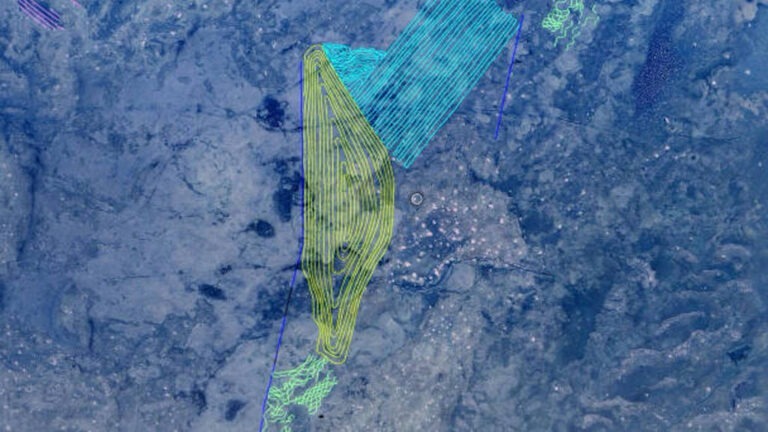
Researchers discovered the world’s largest geoglyphs in the Great Indian Desert. Will their findings reveal who made these giant, enigmatic designs, and why?
Geoglyphs are sprawling designs made by digging into the Earth or piling up stones to form what mostly appear as geometric lines, and more rarely, as humans and animals.
Usually only fully visible from above, they can be found all over the world with some dating back to prehistoric times, and others quite recent. The most famous to date are the Nazca lines in Peru. While there are various theories around their builders and function, none have been proven and continue to be widely debated.
Carlo Oetheimer is an independent researcher of geomorphology, the study of Earth’s landforms. While conducting a Google Earth survey of India, he and his son Yohann Oetheimer, made a fascinating discovery.
“I was traveling all over the desert, and suddenly I found lines in the desert similar to the Nazca lines. I was amazed, and I said, ‘Oh, what’s that?’ I found one place, then two places, then eight places almost. That was the way I found the Thar Desert Boha geoglyphs,” C. Oetheimer said.
“So, under Google Earth’s images, we could see a concentric spiral — concentric lines. We didn’t really know at that point what they were, but we had to go on the site, on the field, to understand them better,” Y. Oetheimer said.
When the researchers visited the desert site in India’s Rajasthan region, what they found astounded them.
“We brought a drone with us to be able to take aerial photos of the geoglyphs. With the drone images we could finally see the true form of the line, which is a spiral,” Y. Oetheimer said.


